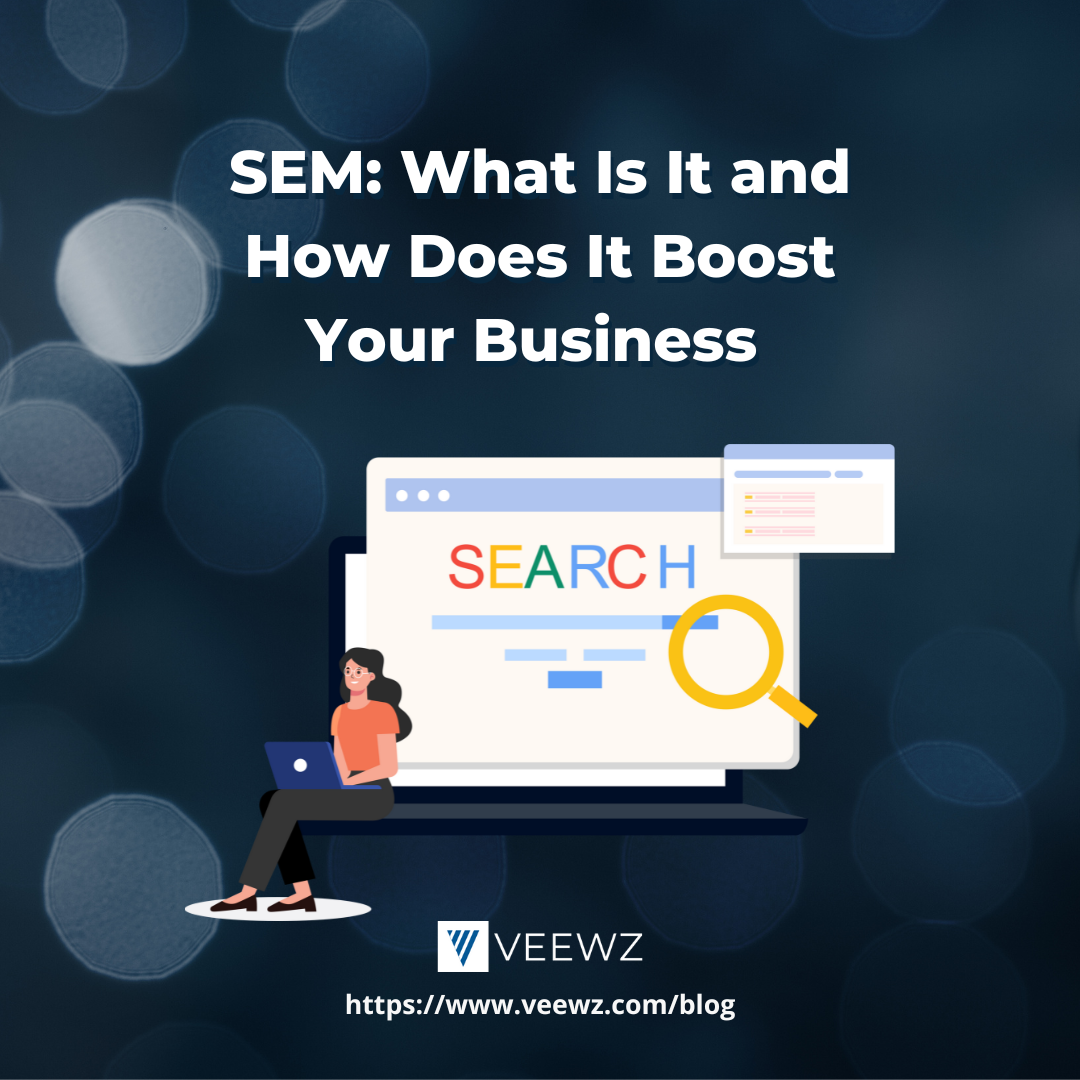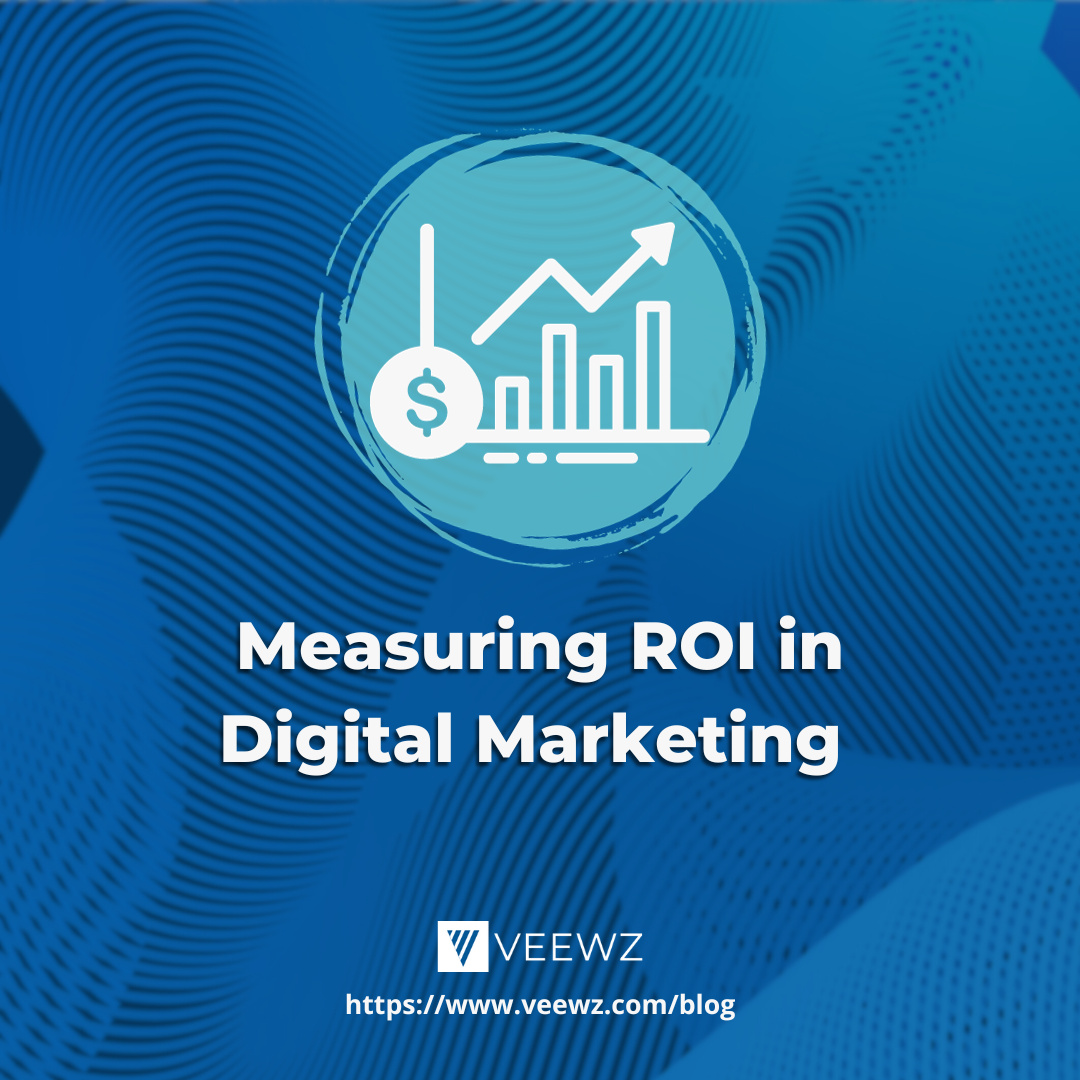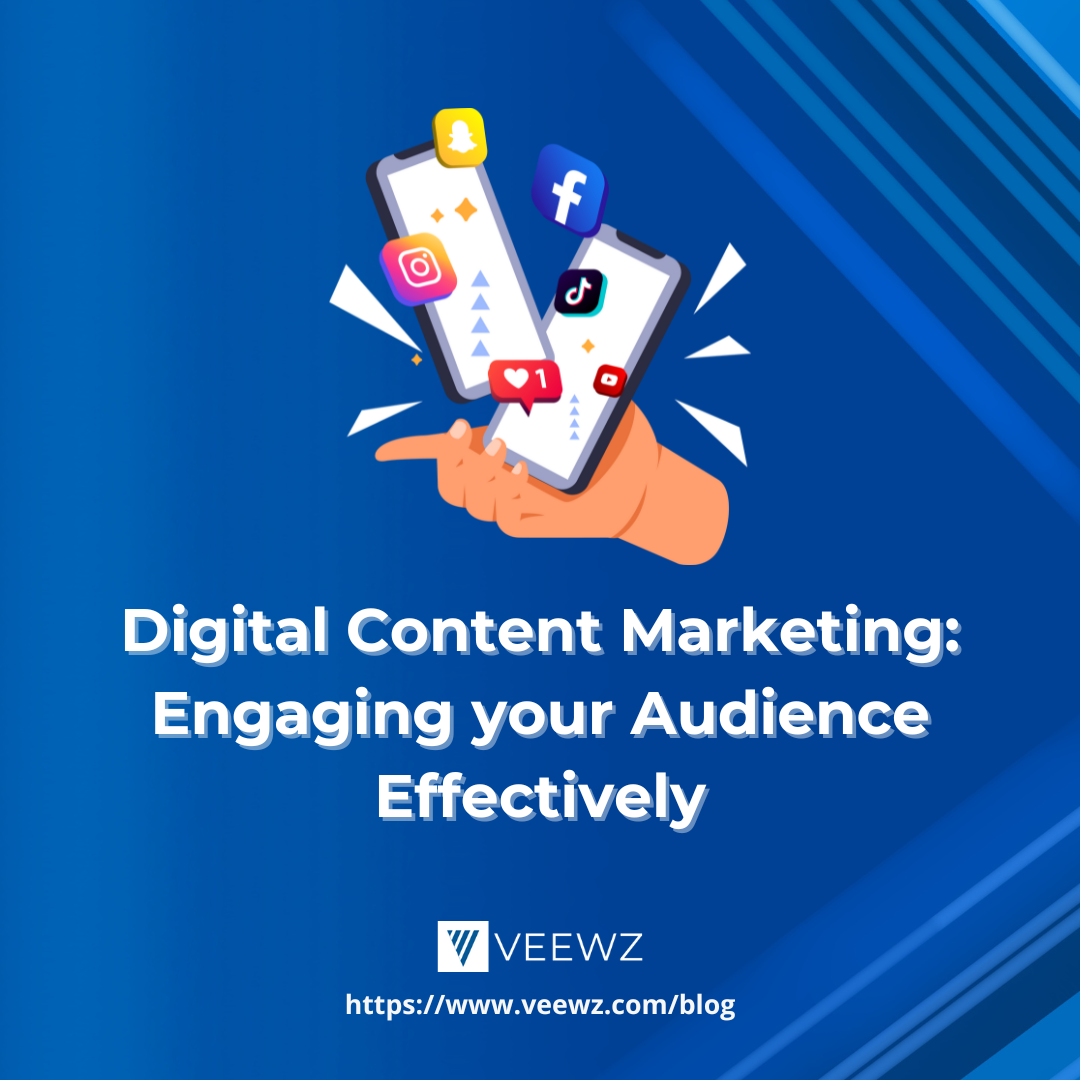.png)
Many individuals are unsure if they should upgrade to Google Analytics 4 (GA4) right away, despite the fact that it will soon be the norm. If that's the case, how come?
GA4 tool enables marketers to acquire insightful user information that can be utilized to enhance their business development and marketing plans. Everything you need to know about GA4 and how to migrate from Universal Analytics (UA) is provided below.
As a result of switching from UA to GA4, digital marketing opportunities will increase and improve.
An Overview of Google Analytics History
Do you remember when it was simple to "browse" the Internet? A couple of decades ago, we started making purchases online, searched for new places to visit, and reconnected with former classmates.
This allowed companies to monitor how many pages were visited on a website and how long visitors spent on each page. However, our online world became much more advanced in the years that followed.
Today, people utilize several devices connected to many networks, do more of their shopping online, and even barter and trade with one another.
Google Analytics provides businesses with a broader range of tools for monitoring and analyzing data, such as the ability to classify visitors, track events, use Google Tag Manager, and improve attribution.
Google was compelled to adjust again to take on the mobile-first challenge by the proliferation and widespread use of cell phones.
Why is a New System Required?
The world is always changing and so is technology at a rapid pace. Our buying and browsing habits are transforming alongside our communities and cultures.
Measuring data from several devices is an important and relevant topic. Universal Analytics is not meant to evaluate software, even though it has become common practice to examine client experiences across several platforms.
Google Analytics 4 promises the flexibility that organizations badly need for tracking and analysis. In today's world, each and every interaction is a fully modifiable event.
Can you guess what it is?
Artificial intelligence (AI) will also play a crucial role in the technologies of the future. When dealing with the challenge of ever-increasing complexity in data analytics, we rely on machine learning (ML) to help us out.
It's true that change isn't always simple, but it usually works out for the best. Making the switch to GA4 isn't easy, but it has many long-term benefits.
New Features in Google Analytics 4
Google Analytics 4 is a beautiful tool for linking behaviors across smartphone, computer, and app interactions for a more thorough study across platforms.
You will recognize the high-value online behaviors that result in the selling calls you genuinely want to generate when you can divide and categorize calls with conversational analytics and send that to Google Analytics 4. With capabilities like Predictive Audiences, which it simply generates to identify individuals who are more likely to produce the results you're engaged in, GA4 makes that simple.
Monitoring App Usage on Smartphones
The fundamental GA4 change is that customers can track both online and app activities, providing a more comprehensive and integrated view of the customer journey. That is a significant concern. Consumers are increasingly using mobile apps, which are predicted to produce $935 billion by 2023.
As a result, GA4 will close the gap between app usage and engagement, significantly improving the accuracy of your marketing data. Less wasted money will be spent, and customer groups will be much more accurate due to that attributing accuracy.
GA4 Less Dependent on Cookies
The privacy implications of today and tomorrow were considered when GA4 was being developed. It no longer saves IP addresses and does not rely solely on cookies. This benefits global data privacy laws and responds to the rising consumer and brand need for data security and control.
Powered by Data Attribution
Last-click attribution is dated and causes many gaps in your monitoring of the client experience. Using data-driven attributing, you can allocate credit along the consumer journey while tracking and analyzing the overall impact of your marketing efforts. This enables you to comprehend how your marketing affects your results entirely. To optimize efforts, you may also import the information to Google Ads and Google Marketing Platforms.
Until you expressly opt-out, Google has switched the last-click attribution mechanism for new conversion activities in Google Ads to data-driven advertising.
Google Analytics 4 Features
Analytics That Are Compatible With All Device Types
GA4 makes it simple to compare user experiences across different gadgets, eliminating the previous level of tool complication.
Done with Sampling
As a result, there is no longer any need for extensive data. Rather, you will get accurate reports that are grounded in actual occurrences.
BigQuery Data Exporting is Accessible
Before now, only those who had GA360 had access to this feature. Getting your hands on GA4's raw data set is completely at no cost to you. That way, you can use Google Analytics as the backbone of your CDP and run machine learning algorithms on first-party data. Everyone may now make their own reports and research.
Expert in Audience Development
The functionality of user-defined sections has been upgraded. Create audience segments based on user activity and deploy them across the Google Marketing Platform. As an additional service, Google provides an artificial intelligence-based prediction model that is already implemented and ready for deployment.
Modern Analytics
Google Analytics 4 allows for in-depth user behavior analysis, rather than just relying on a report. In addition, it is now less difficult to develop unique individual funnels predicated on interactions and segmentation. Google has already offered 11 best-practice templates in this area to make things as easy as possible for us.
AI-powered
Artificial intelligence will also provide out-of-the-box support for GA4 customers. Accurate evaluations and data will be the product of machine learning algorithms and simple AI models. To fill up the blanks when the data is lacking, Google employs modeling approaches like churn and purchase intent.
Mode of Agreement and Confidentiality
Conversations can be recorded in secret in accordance with privacy rules if consent is not granted. Once the AI has access to this information, it may begin to make decisions.
The Phases of Using Google Analytics 4
Do you have GA4 set up and running along with UA?
Since Global Analytics will eventually be discontinued, you should upgrade to GA4 as soon as you can or select a parallel setup to collect data for an entire year so that you may make meaningful comparisons down the road.
At the latest, by that point, Google Analytics 4 must be used. Better early than late
During the initial configuration of the GA4, you need to carry out the following actions:
- Is there a domain-specific configuration for the properties? GA4 remembers every program and website you've ever used.
- Do you make use of Universal Analytics to keep tabs on each and every touchpoint, event, custom dimension, conversion, and custom metric?
- If applicable, do you have any sort of e-commerce monitoring in place?
- Have you checked to see if your integrations with Google Ads, BigQuery, and Search Console are all set to go?
Step 1: Audit Your Present Google Analytics Use and Metrics
Before implementing GA4, you must clearly understand the data you are currently gathering and the locations and uses for your UA outputs. List the metrics that UA is used to track first. Find out how your company uses such metrics by surveying the business units with accessibility. Pay particular attention to how metrics affect KPIs.
The other programs and devices, such as Online Ads, Search Console, Data Studio, and similar ones connected to your UA profile, should also be included in your audit.
Make sure to map any tweaks, improvements, or functionality your company has created for your UA version over time. Although you might not be able to recreate the findings exactly in GA4, you will need to comprehend the use cases.
The audit could also be an excellent opportunity to assess your business's dashboards and the tracking, measuring, and analytics procedures your organization has in play. It is beneficial to spend the time upfront to identify any upgrades or optimizations that can progress your business goals, as any dashboard that depends on UA will change with GA4.
Step 2: Set up Your New GA4 Domain
Google offers comprehensive instructions for creating a new GA4 profile and linking it to your website. Start linking the other tools and platforms you mentioned in Step 1 after your profile is set up.
Additionally, you must translate your UA goal metrics to GA4. For instance, if you track signups in UA, you'll set up precisely the same thing as Conversions in GA4, while in other circumstances, you might need to construct anything new in GA4 or add specific capabilities. Sometimes, this is as simple as figuring out the alternative name and labeling conventions.
GA4 is continually being developed. Therefore new advancements and features are frequently added. Consider ways to duplicate the UA modifications you rely on, and be mindful that you may require assistance from a third party to find or create alternatives. Creating your GA4 account could take time, based on how complicated your present statistics are, so make sure your roadmap and timeline include enough time for UA.
Step 3: Transform your Old GA4 Choices into your Old Metrics
Before comparing it to your UA results, wait three to six weeks for your new GA4 instance to gather and assess data. Be ready to witness variances in the types of data gathered and the methods used to measure important aspects due to the considerable differences between UA and GA4. While a 1:1 comparison of the results might not be possible, sketching out the variations will enable you to fine-tune your modifications and ensure you have enough time to account for or reduce discrepancies.
Your staff is undoubtedly accustomed to examining UA data to identify the causes of significant changes, such as the start of a campaign, an increase in bot traffic, variations in browser and device usage, etc. The same variables affect GA4 data. You'll be more aware of the effects when Google ends UA if you compare your stats a few times.
Step 4: Design, Alter, and Include Dashboards
GA4 provides more possibilities for corporate reporting, automation reports, and dashboard development thanks to a strong internal report builder that is equivalent to more advanced third-party products. Even if the improved capability is helpful, you still need to assess and modify each dashboard and report, whether they are simple internal reports or third-party tools like Data Studio, to map them to GA4 data tracking.
Keep in mind that there is no 1:1 switch from UA to GA4. Not all UA metrics are accessible in GA4; those can be retrieved but need your reports to be updated and customized.
GA4 is still in testing, so be careful to monitor any updates Google releases. Google has declared that the next update will include tracking for converts, bounce rates, and UTM parameters. All of those were not previously included in the beta version.
It will be beneficial at this point to compare reports from UA and GA4 over a longer time frame. As GA4 enters your new source of truth, you'll notice measurement variations, but keep an eye out for any signs that patterns or analyses aren't translating between your profiles. That signal that you need to focus on data collecting, goals, and monitoring more intently.
After December 2023, you won't be able to view your previous UA information, so it's best to plan for this comparison now rather than later. When Google officially ends UA, you won't be able to access your historical UA data via the API or view your UA reports in the dashboard. Plan to complete your analysis by December 31, 2023, and consider downloading your UA history as a backup.
Do not skip this phase. Although you will see variances in numbers as you migrate to GA4, it's crucial to ensure that you replicate business reporting needs so that your metrics produce trustworthy and valuable insights.
Step 5: Educate and Train your Team to Accept the Change
Inform your end users as you migrate to GA4 throughout the process. More than just a warning about a dashboard change is necessary for effective change management. The following should be in your training and communication plan:
- A summary of the requirements and timeline for switching from Universal Analytics to Google Analytics 4.
- A guide to new terminology, particularly as it applies to revised measurements
- A description of the various metrics can be utilized to discover the insights that teams rely on
- A walkthrough of dashboard adjustments with detailed instructions as needed
- A presentation of the parallel reporting analysis you performed in Step 4 is necessary to ensure that your team knows trade-offs, replacements, the significance of the new data, and how to conduct their study differently in the new GA4 environment.
Step 6: Continuously Enhance
To ensure that you are gathering correct data and making the most of your data, be prepared to continue refining your data collection, reporting, and dashboards as GA4 develops.
Additionally, because GA4 is currently in development, it's critical to keep up with new additions, features, and updates so you can modify your measuring approaches as necessary.
What Google Analytics' Future May Hold
It hasn't been easy switching to Google Analytics 4 thus far. Users' reactions to the new platform have been a little mixed. Even if you want to use Universal Analytics, for the time being, it's imperative to start familiarizing yourself with Google Analytics 4 if you use it.
The data collection by Universal Analytics will stop in the upcoming year. You ought to have a Google Analytics 4 property set up and configured by the time it occurs. We also advise spending the effort to set up unique events and reports for your property if you want to get the most out of Google Analytics 4.
You may evaluate the success of your search engine optimization (SEO) and marketing tactics using analytic tools. We can assist you with our professional SEO marketing services if you don't have a plan.
About the Author
Related Article

SEM: What Is It and How Does It Boost Your Business

Measuring ROI in Digital Marketing

.png)












.png)






















.png)

.jpg)





.jpg)





